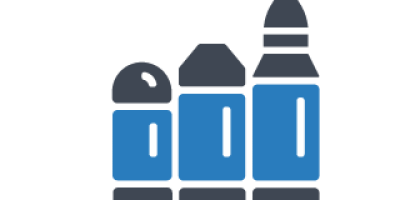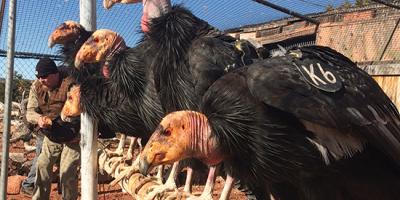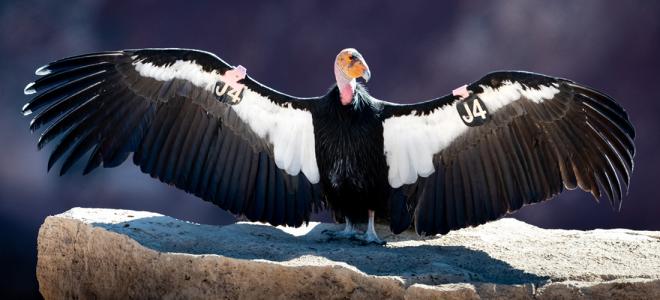Threats to Birds of Prey
Lead Poisoning


Angela Woodside
Each year since 2000, The Peregrine Fund has trapped almost every condor in the Arizona flock and tested each one for lead exposure. If they have ingested fragments of lead in carcasses or gut piles from game animals shot with lead ammunition, the condors become sick or die unless they are treated to remove the lead from their system.
The Peregrine Fund has partnered with the Arizona Game and Fish Department on an awareness program that has resulted in hunters voluntarily switching to non-lead ammunition in condor country. A similar effort is under way in Utah after condors expanded their foraging range there during the hunting season.
In 2018 The Peregrine Fund, along with the Oregon Zoo and the Institute for Wildlife Studies, founded the North American Non-lead Partnership to expand the coalition of hunters, anglers and other conservationists dedicated to improving ecosystem and wildlife health by choosing non-lead options.






